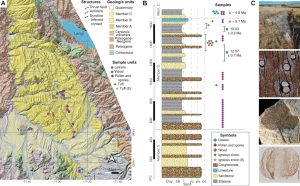10 Million-Year-Old Tree Fossil Explains Natural Climate Change
The Earth contains the blueprint for ancient life. Ice core samples and tree fossils have taught us much about the seemingly undocumented world. Researchers at Central Andean Plateau in Peru have made a groundbreaking discovery within a 10-million-year-old well-preserved tree fossil. Their findings further prove that climate change is a naturally cyclically occurring phenomenon.
Ten million years ago marked the late Miocene Epoch period, a time of global cooling. Sea levels and rainfall declined, rainforests began to deplete, and numerous animal and plant species became extinct in favor of new species that could withstand the climate. Humans could not be blamed for this shift as homo sapiens did not exist.
The ancient tree and other samples show that the ecosystem of South America has undergone significant changes. The climate was more humid and diverse than previously believed, shifting to a dry and scarce environment. Researchers noted that elevation significantly rose from 2,000 meters to 4,000 meters, a primary factor for the change in climate.
Fossils dated 5 million years old reveal that the climate had already shifted by then and resembled the puna-like ecosystem of today. The dry and scarce environment changed to one of greenery and abundance. Researchers now believe shifts in the tectonic plates that slowly occurred over millenniums influenced climate change.
The planet is constantly changing and evolving. Humans are not responsible for the cyclically changing landscape of Earth.


